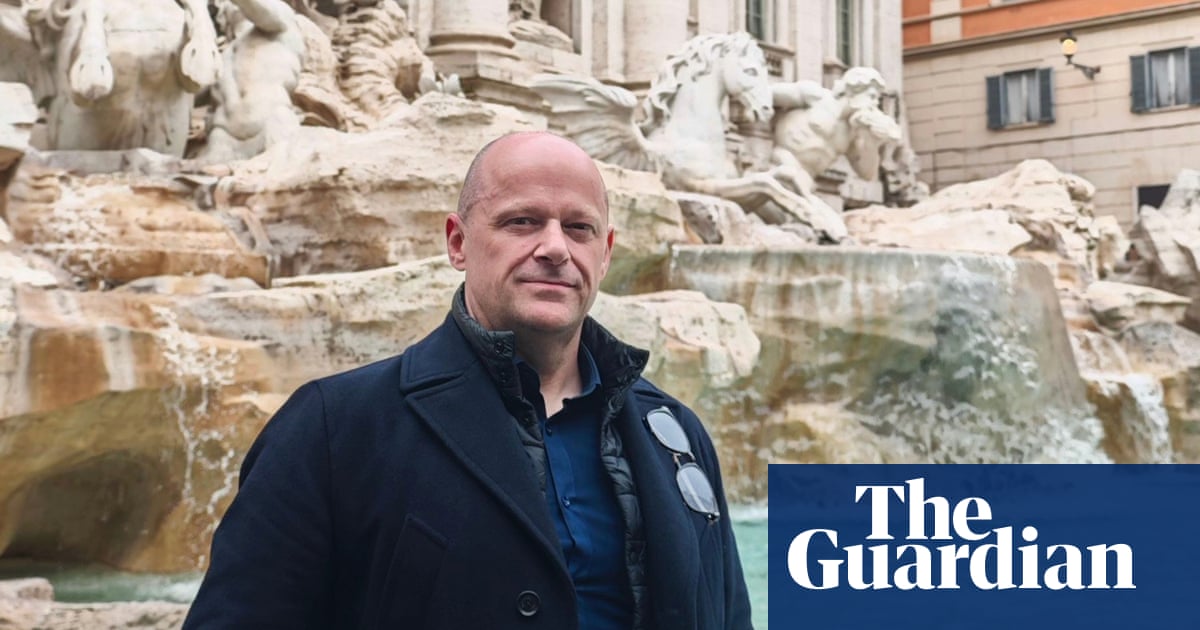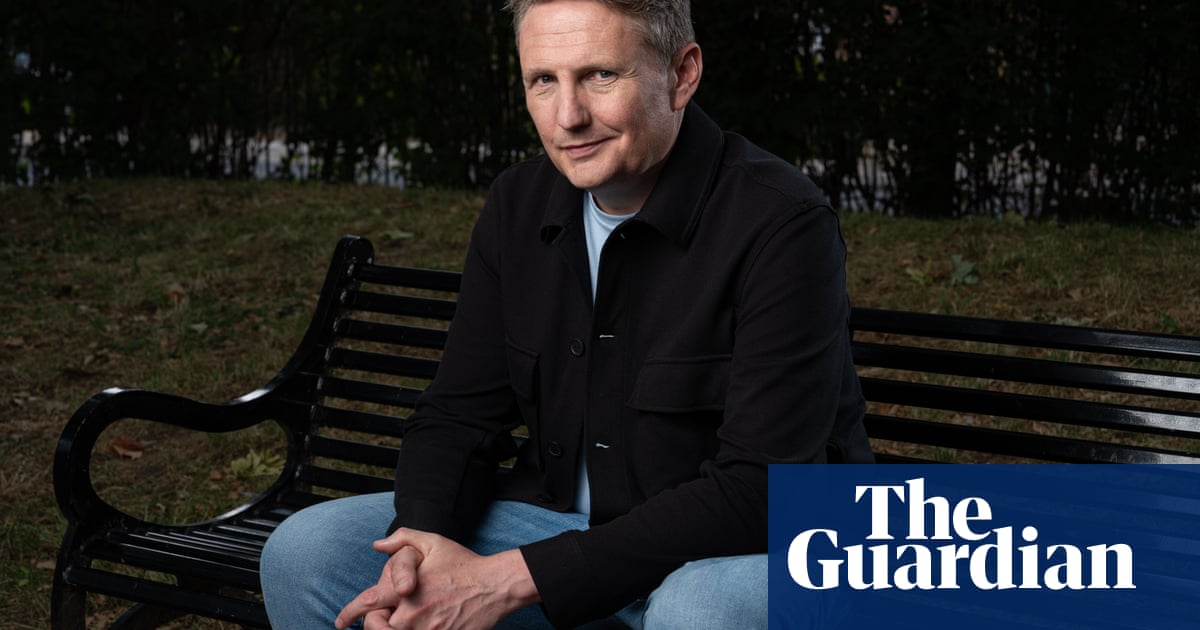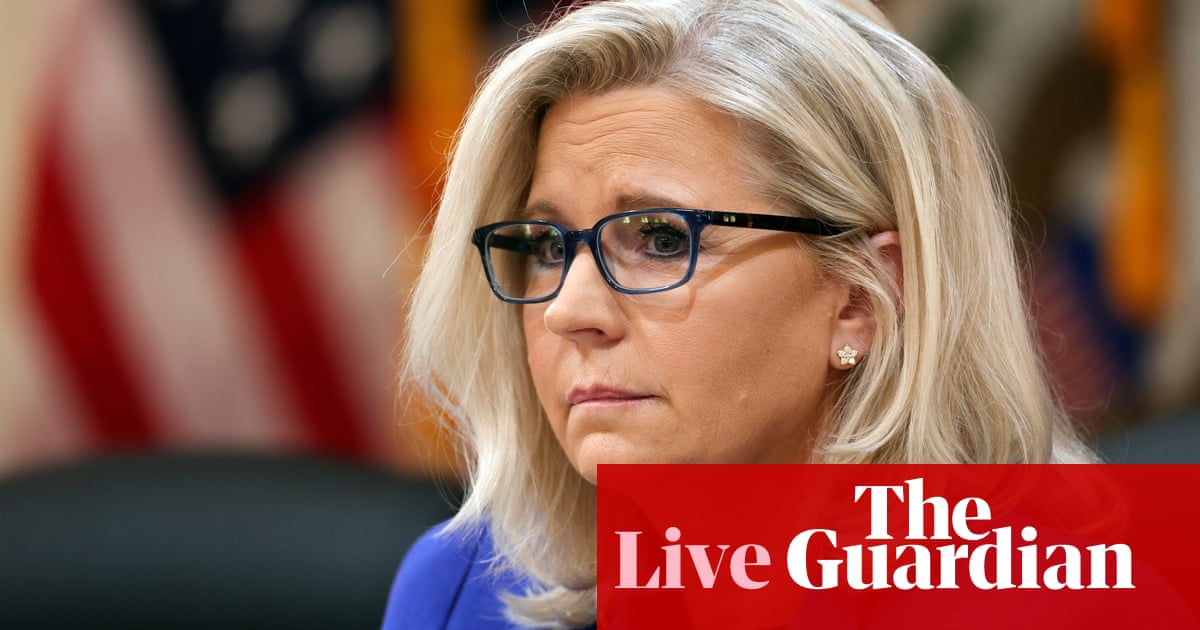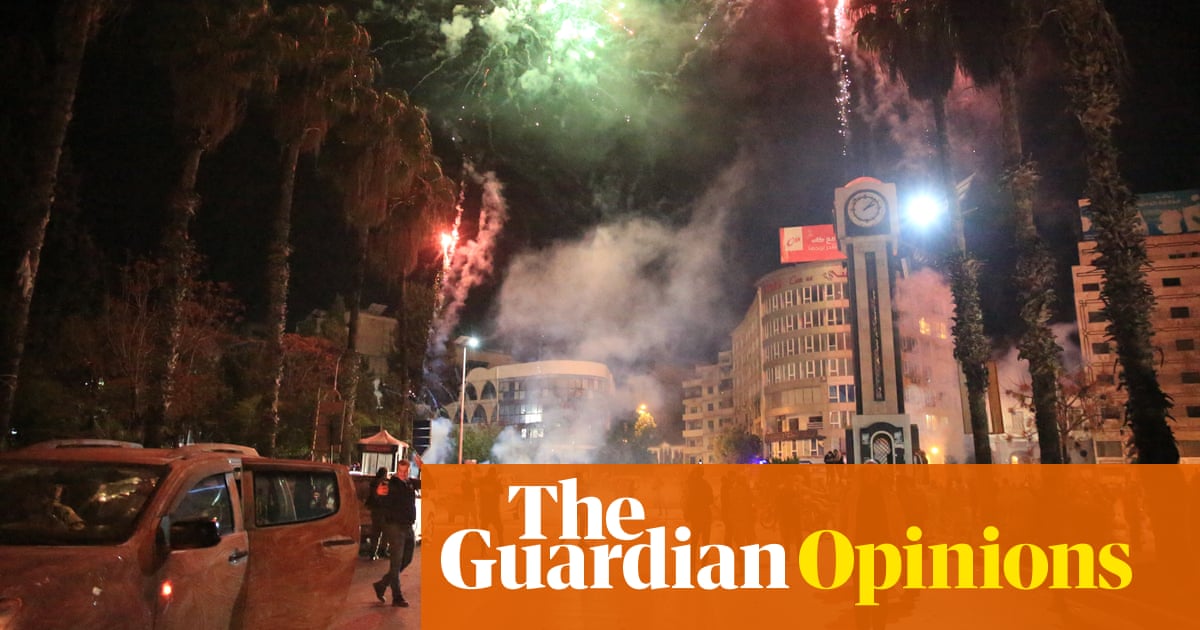“I didn’t know what polyamory was,” Melissa* says. “I didn’t have the vocabulary. I Googled it a few times to understand.” Melissa was on the “relationship escalator”. She got married, had a child, then the no longer happy couple split.
So she started exploring her options. First stop? Singles’ groups.
“Then I went down the rabbit hole of adult groups, sex groups,” the now 40-year-old says. “It was interesting to look at but it wasn’t really my thing … until the [Facebook] algorithm gave me ‘Brisbane Polyamory’.”
The earliest known use of the word polyamory was in the 1990s, according to the Oxford English Dictionary. Non-monogamy has been around longer, but there’s been a surge in interest in both terms in recent years.
Dating apps have popularised the terms, and media and social media have increasingly shared stories of people ditching “traditional” relationship structures as younger generations increasingly reject the social norms of their elders.
Priscilla Dunk-West, a professor in social work at Victoria University, says over the past two decades there has been increasing research into polyamory, with more curiosity about voices not necessarily heard previously.
Asked whether polyamory is on the rise, she says it has “probably just changed names and forms”. “In the 60s there’d be people who were swingers or having open marriages that perhaps looked traditional from the outside.”
Polyamorous relationships are a form of consensual non-monogamy (CNM). They can be hierarchical (with a primary partner) or non-hierarchical (equal status). Other kinds of CNM include open relationships, swinging, being monogamish and relationship anarchy.
Then there’s ethical non-monogamy (ENM), with its conscious focus on transparency and integrity; and solo poly, for those who prefer to remain sort of single while ethically hooking up with others.
A network of interconnected romantic relationships is sometimes called a polycule: think of the 3D structure of a molecule, with various bonds between the different atoms, some attached to several, others just to one.
The Relationships Australia NSW chief executive officer, Elisabeth Shaw, who is also a clinical and counselling psychologist, says the guiding principle of polyamory and ENM is consent that is freely given.
“It’s bringing ethics in relationships back to the fore in a principled way: ‘I want to be open, transparent and clear in what exactly I’m doing’,” she says.
“That’s the big difference to having an affair, [which is] a unilateral choice by one person to take permission away from the other person.”
Shaw says various polls and studies show younger people are more keenly entering into such relationships, potentially because it’s easier to do so before children and mortgages “tip the scales”.
“People still want to get married [but] you have emerging new ways of relating.”
A ‘dream’ of all living together
While Melissa was discovering polyamory, something else was happening. She and her ex (they were still married) were talking. They were sharing what they liked and didn’t like about each other, and what kinks they were and weren’t into. They got back together. And she convinced him to go make new “friends”.
“Each new person is a new opportunity to learn,” Melissa says, recalling her “first boyfriend” after getting back with her husband.
She’s since broken up with that boyfriend and met someone new. Melissa’s “immediate polycule” is herself, her husband and boyfriend. The broader “constellation” includes her boyfriend’s submissive, and her husband’s “play partners”. There are others on the periphery, but they’re not involved in her day-to-day life.

She’s moving into her husband’s home in May, where they will live together for the first time in eight years. There are other plans afoot.
Melissa calls it a “a pipeline dream”.
“We’ve started talking about what if we all moved in together on a large property, have plenty of room, other roommates, whatever situation can be accommodated. It’s still very much a fantasy land because we do have a daughter to accommodate as well.”
Her advice to anyone interested in non-monogamy is to be curious and to research, but not get overwhelmed by the avalanche of information about different ways to love.
She says a key to relationship success – no matter what type of relationship – is compersion, a word used in poly communities for feeling joy at your partner’s happiness.
What the people think
The advocacy group Relationships Australia reports about 6% of Australians have been in an open relationship. The group believes these non-traditional relationships are “growing in popularity”.
But clear data is hard to find, because the language is still evolving, and there is a lack of longitudinal studies.

Data from the US reflects an acceptance of alternative relationship structures skewed to the young. A 2023 Pew Research Centre survey showed 51% of those aged from 18 to 29 say open marriages are “acceptable”; that drops to 41% for the 30-49 bracket, and dwindles from there.
after newsletter promotion
A 2023 YouGov poll shows support for monogamy is lower among the young: 76% of 18-29-year-olds somewhat or strongly approve of monogamy, compared with 87% for those older than 45.
Australian research published in the Journal of Sex Research in March found people in non-monogamous relationships were just as satisfied as those in monogamous relationships.
The study speculated that consensual non-monogamous couples were satisfied because infidelity was not an issue, more effort was put into communication and understanding, there was more openness and autonomy, and a wider variety of needs were being met.
Researchers said they’d debunked the “monogamy-superiority myth”. They believed their study was the first meta-analysis of academic work in the area, examining 35 studies including almost 25,000 people.
Dunk-West says people in non-monogamous relationships are more reflexive by necessity, having to learn and talk about how the relationship will work.
Thinking about jealousy is a feature of non-traditional relationships, she says, necessitated by negotiation and communication around those feelings, and managing the rules of seeing other partners.
As style of relationships are being interrogated, Dunk-West says more people are thinking: “What kind of relationship do I want?
“What emerges is things like considering consent, how loving practices occur [and] radical honesty.”
Decriminalising bigamy?
A paper in published in The University of Queensland Law Journal this month outlined how Australia could legalise polygamy in a secular way.
The University of Adelaide PhD candidate Michail Ivanov proposed that could happen by maintaining the law that a marriage be between two people, but abolishing bigamy as a crime.
“The practice of polygamy clashes with traditional Christian values, which have underpinned much of Australia’s marriage laws. But in a country with no state religion, we should question how much weight we place on that factor,” Ivanov says.
“If Australia were to legalise polygamy in the way I propose, it would be the first society to do so in a manner not led or motivated by religious beliefs.”
Politically, Australia hasn’t seen much of a surge in talk of polygamy since the former senator Cory Bernardi argued in 2012 that legalising same-sex marriage was a slippery slope to polygamy and bestiality. He later said a petition from the Polyamory Action Lobby (PAL) – a tiny and newly formed group – arguing “everyone should be allowed to marry their partners” proved he was correct.
Reflecting on that time, the PAL founder, Brigitte Garozzo, says she and her friends were fully supportive of same-sex marriage but also asked: “Why should the state have the power to dictate which consenting adult relationships are considered legitimate?” So they formed PAL to “spark conversation and challenge these norms”.
Garozzo is no longer active in the space, but remains committed to ENM as “a philosophical stance and a personal choice”.
Since then, she says, attitudes have “undeniably evolved – but not enough”. While there’s more coverage of alternative structures, she says there’s no political will to change.
Garozzo says she has no personal interest in the institution of marriage, while acknowledging “the significance of ensuring everyone is represented within these institutions, flawed as they may be”.
She says the broader shift is not just about relationships.
“It signals a broader rejection of rigid gender norms, a move towards collective resource-sharing, and a deeper cultural emphasis on honesty, communication, and mutual respect in relationships,” Garozzo says.
“Love isn’t finite, and neither is our capacity for deep, meaningful relationships.
“Life is simply too short to limit ourselves to just one connection at a time.”
* Melissa’s real name has not been published for privacy reasons

 2 days ago
11
2 days ago
11













































